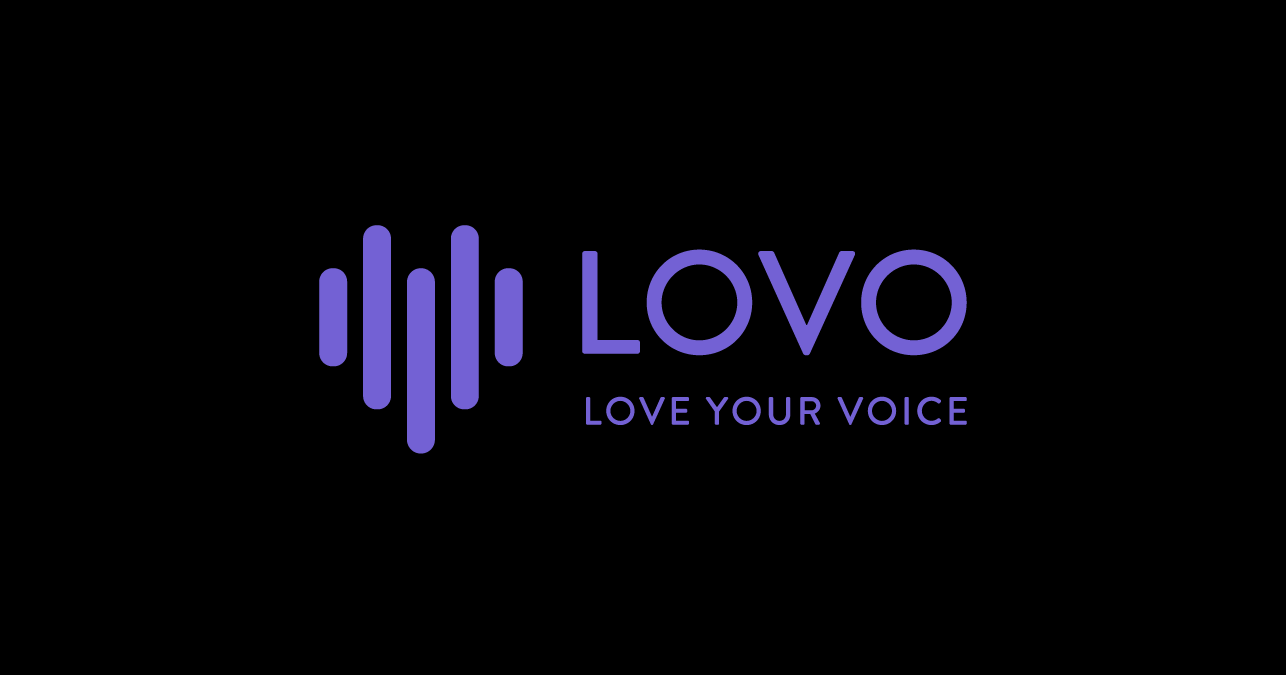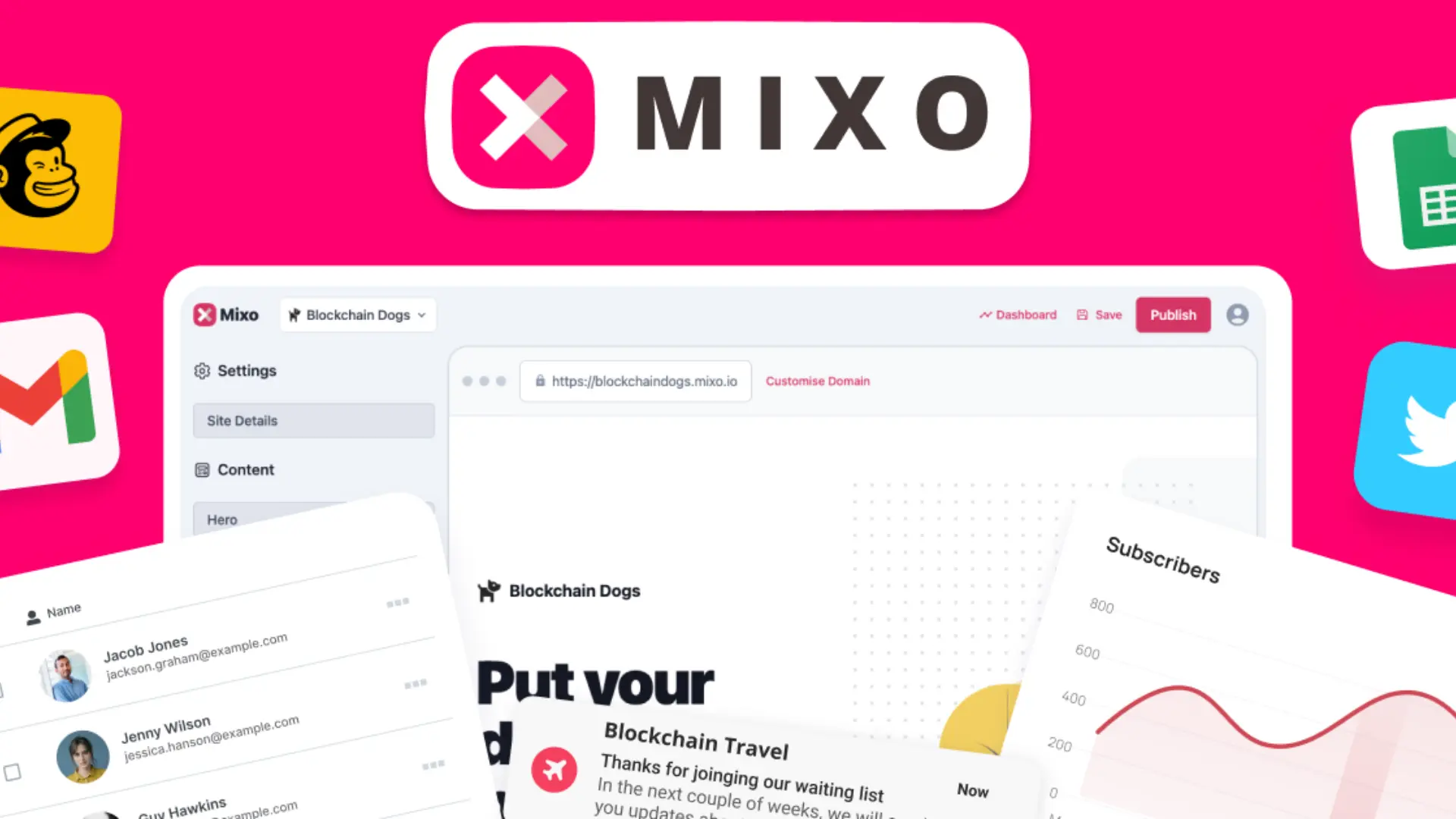A high-converting website may be the most important piece missing from your digital marketing strategy. A sales funnel is a strategic process that guides potential customers through a series of steps, ultimately converting website visitors into paying customers.
In this article, we'll share five essential steps to building a high-converting sales funnel website. From crafting a compelling offer to optimizing your checkout process, you'll learn the key elements that go into creating a website that turns visitors into loyal customers. By the end of this article, you'll have a solid understanding of how to create a sales funnel that drives conversions and grows your business. So, let's dive in and start building your website sales funnel today.
What is a Website Sales Funnel?
A website sales funnel is a strategic process that guides potential customers through a series of steps, ultimately leading them to make a purchase. The funnel is divided into different stages, each designed to move the customer closer to buying. The stages of a typical sales funnel include:
1. Awareness: The customer becomes aware of your product or service.
2. Interest: The customer shows interest in your product or service.
3. Desire: The customer develops a desire for your product or service.
4. Action: The customer takes action and makes a purchase.
A website sales funnel is designed to optimize each stage of the sale funnel, making it easier for customers to move from one stage to the next. By doing so, you can increase your conversion rates and grow your business.
Why Do You Need a Website Sales Funnel?
The traditional approach to online marketing involves driving traffic to your website and hoping that visitors will make a purchase. However, this approach is often ineffective, as most visitors will leave your website without making a purchase. A sales funnel is designed to address this problem by guiding visitors through a series of steps that make it more likely they will make a purchase.
A website sales funnel is essential for any business that wants to maximize its online sales. By creating a sales funnel, you can:
- Increase your conversion rates: A sales funnel website is designed to optimize each stage of the funnel, making it more likely that visitors will become paying customers.
- Improve your customer experience: A sales funnel website provides a clear and easy-to-follow process for visitors, making it easier for them to make a purchase.
- Reduce your marketing costs: By optimizing your sales funnel, you can reduce the cost per acquisition of a new customer, making your marketing efforts more cost-effective.
Now that you understand the importance of a website sales funnel, let's dive into the five essential steps for building a high-converting website.
5 Steps to Build a High-Converting Website
Step 1: Define Your Target Audience and Goals
The first step in building a high-converting sales funnel website is to define your target audience and goals. Your target audience is the group of people who are most likely to be interested in your product or service. By defining your target audience, you can create a sales funnel that is tailored to their needs and preferences.
To define your target audience, start by creating buyer personas. A buyer persona is a fictional representation of your ideal customer. It should include demographic information, such as age, gender, and income, as well as psychographic information, such as interests and values.
Once you have defined your target audience, you need to set goals for your sales funnel. Your goals should be specific, measurable, achievable, relevant, and time-bound. For example, your goal might be to increase sales by 20% over the next six months.
Step 2: Create a Lead Magnet
The second step in building a high-converting sales funnel website is to create a lead magnet. A lead magnet is an incentive that you offer to visitors in exchange for their contact information. The goal of a lead magnet is to capture the contact information of potential customers, so you can follow up with them and nurture them through the sales funnel.
To create a lead magnet, start by identifying a problem that your target audience faces. Then, create a resource that solves that problem. Examples of lead magnets include free ebooks, templates, videos or courses, webinars, or free trials.
Once you have created your lead magnet, you need to create a landing page to promote it. Your landing page should be designed to convert visitors into leads by highlighting the benefits of your lead magnet and providing a clear call-to-action.
Step 3: Design Your Landing Page
The third step in building a high-converting website sales funnel is to design your landing page. Your landing page is the first page that visitors will see when they arrive on your website. It is designed to capture their attention and persuade them to take action.
To design an effective landing page, follow these best practices:
- Keep it simple: Your landing page should be clean and easy to navigate.
- Highlight the benefits: Your landing page should highlight the benefits of your product or service.
- Use compelling visuals: Use images and videos to capture visitors' attention.
- Include a clear call-to-action: Your landing page should include a clear and compelling call-to-action.
Step 4: Nurture Your Leads with Email Marketing
The fourth step in building a high-converting sales funnel website is to nurture your leads with email marketing. Email marketing is a powerful tool that allows you to stay in touch with your leads and provide them with valuable content.
To nurture your leads with email marketing, start by creating an email sequence. Your email sequence should include a mix of promotional and educational content, designed to keep your leads engaged and interested in your business.
Popular email frameworks examples are Indoctrination Sequences, Soap Opera Sequences and Seinfeld Emails.
Step 5: Convert Leads into Customers with a Sales Page
The final step in building a high-converting sales funnel website is to convert leads into customers with a sales page. A sales page is a dedicated page on your website that is designed to persuade visitors to make a purchase.
To create an effective sales page, follow these best practices:
- Highlight the benefits: Your sales page should highlight the benefits of your product or service.
- Use social proof: Use testimonials and case studies to demonstrate the value of your product or service.
- Make it easy to buy: Your sales page should have a clear and easy-to-use checkout process.
Common Mistakes to Avoid When Building a Sales Funnel Website
When building a sales funnel website, there are a few common mistakes that you should avoid. These include:
- Don’t be too pushy: A sales funnel should make prospects desire your product or service.
- Don’t focus on the quick sale: A sales funnel should be designed to provide value to visitors before asking for the sale.
- Don’t neglect mobile optimization: More than half of all internet traffic comes from mobile devices, so it's essential to optimize your sales funnel for mobile users. I cannot stress this enough.
Tips for Optimizing Your Website Sales Funnel
To optimize your sales funnel website, follow these tips:
- Test and iterate: A sales funnel is never finished. Continuously test and iterate your funnel to improve your conversion rates.
- Use analytics: Use analytics tools to track the performance of your sales funnel and identify areas for improvement.
- Provide value: Your sales funnel should provide value to visitors at every stage of the process.
Conclusion
A high-converting sales funnel website is essential for any business that wants to maximize its online sales. By following the five essential steps outlined in this article, you can create a sales funnel that drives conversions and grows your business. From defining your target audience and goals to optimizing your checkout process, each step is designed to help you create a website that turns visitors into loyal customers. So, start building your high-converting sales funnel website today and watch your sales soar!
For more information, check out the following guides:
Matt Astifan
A digital marketing enthusiast who is passionate about publishing, startups and the creator economy. Matt is the CEO of Web Friendly and helps write, recruit and improve content across the website.
follow me :








Related Posts
Brand Storytelling Psychology: Secrets to Persuasive and Effective Sales
Nov 06, 2023
ClickFunnels 2.0 Pricing, Features, Link to Sign Up and More
Apr 25, 2023
Funnel Hacking but for YouTube Marketing
Jun 06, 2022